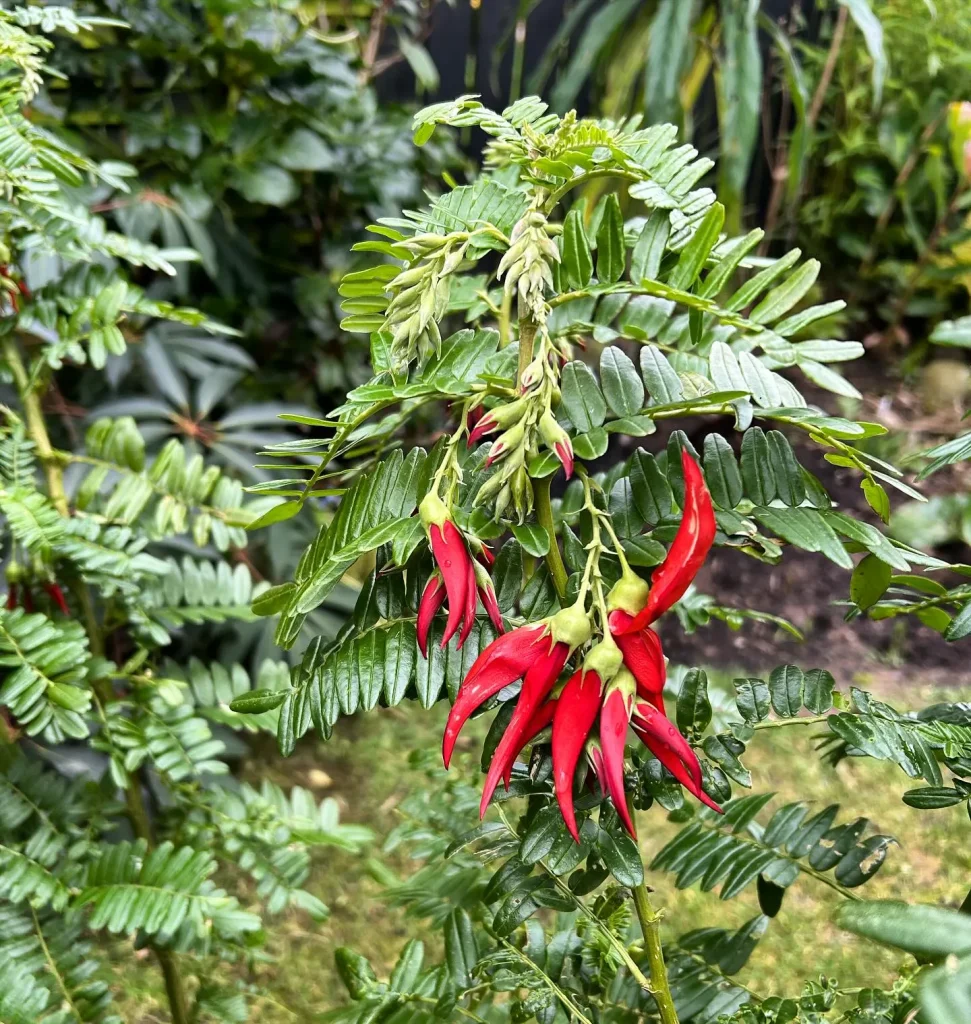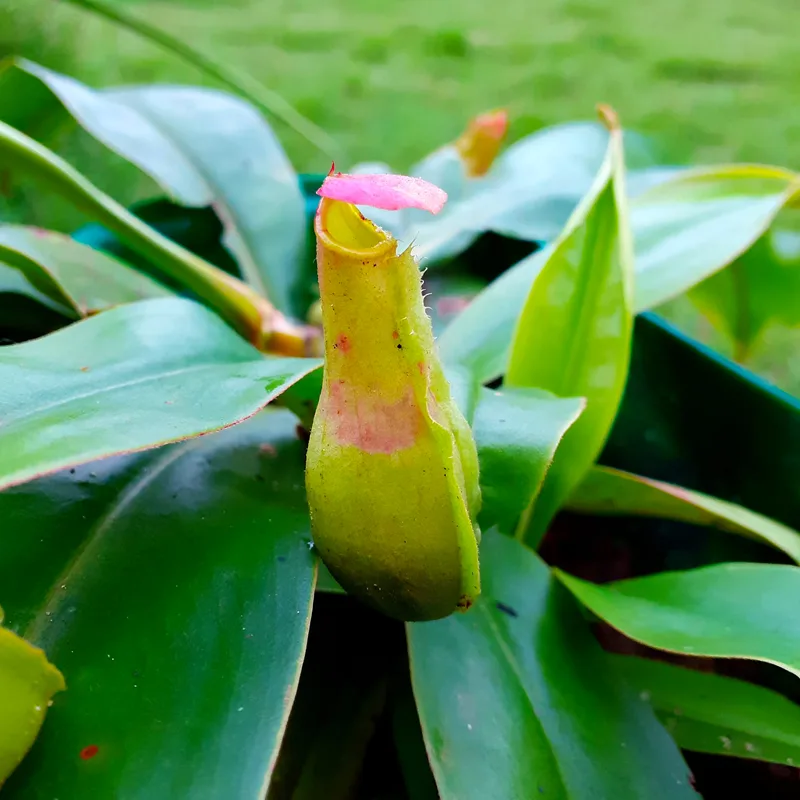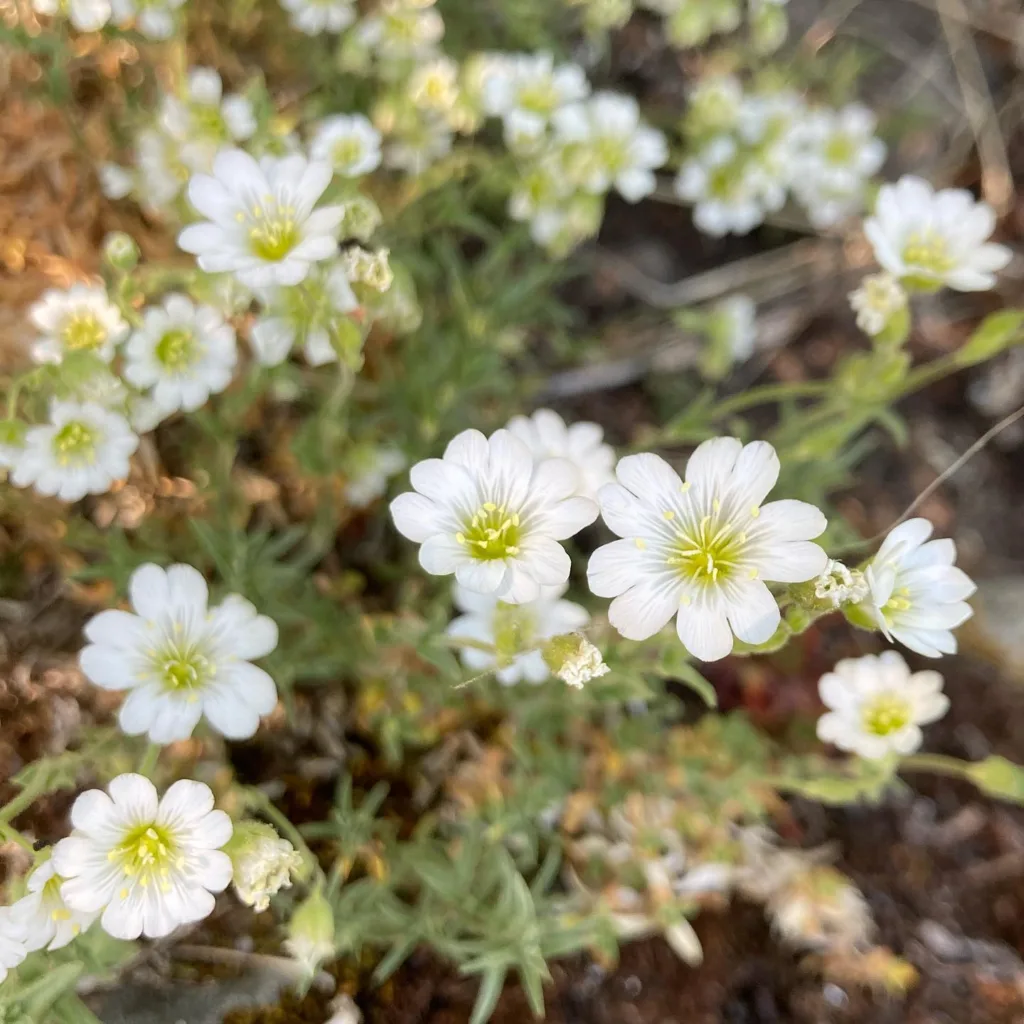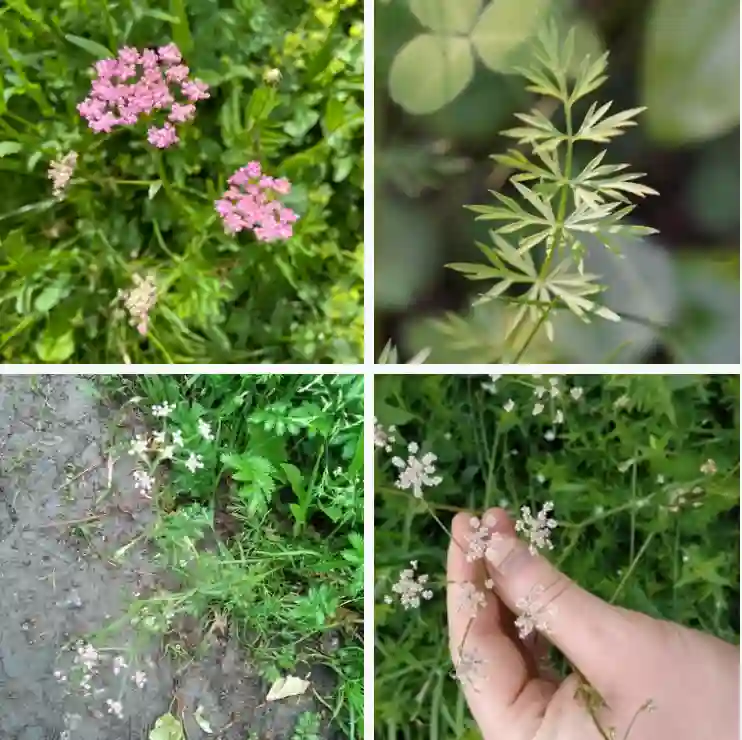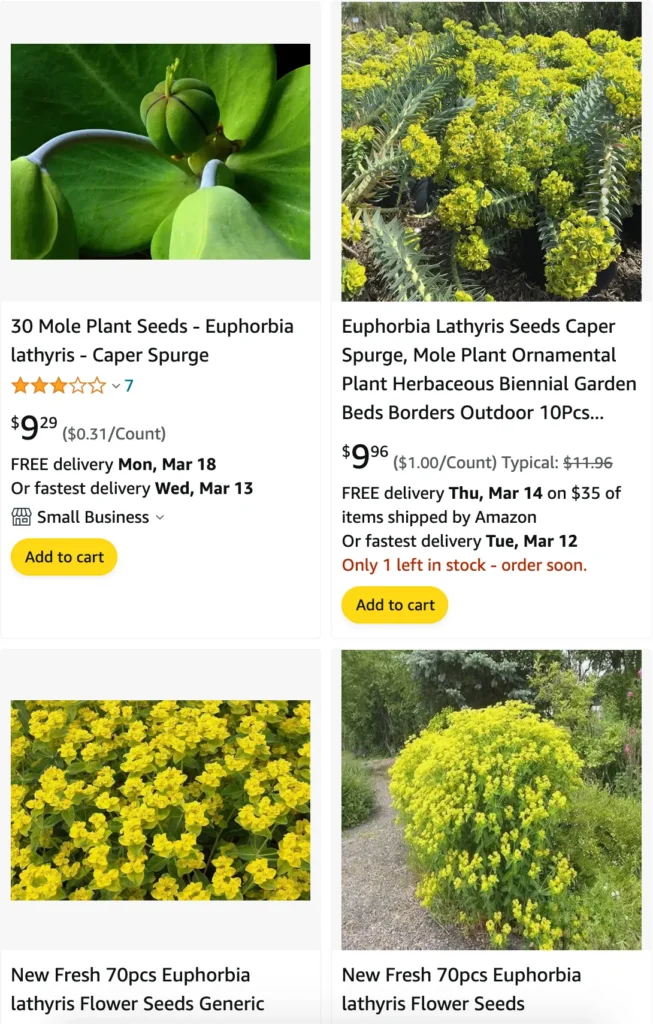
Euphorbia Lathyris: The Caper Spurge with a Surprising Side Hustle
As someone who spends a lot of time in my garden, there’s nothing more frustrating than unwanted visitors wreaking havoc on my plants. Moles, in particular, can be a real nuisance. That’s why I was so intrigued when I came across Euphorbia lathyris, also known as the Caper Spurge or Gopher Spurge. This unique plant not only boasts beautiful aesthetics but also possesses a reputation for repelling those pesky moles. Intrigued, I delved deeper into the world of Euphorbia lathyris, and here’s what I discovered.
2093 Species in Genus Euphorbia
What is Euphorbia Lathyris?
Euphorbia lathyris is a stunning biennial (sometimes annual) plant native to southern Europe, northwest Africa, and parts of Asia. Reaching heights of up to 1.5 meters, it features striking glaucous blue-green stems and lanceolate leaves with a similar waxy texture. But the real showstopper comes in the form of its chartreuse-colored flower clusters that bloom in late spring or early summer.
How to Grow Euphorbia Lathyris, Gopher Spurge?
Growing Euphorbia lathyris is a breeze. It’s a remarkably low-maintenance plant that thrives in most soil types, whether it’s sandy, loamy, or even clay-based. Full sun or partial shade is ideal, and once established, it’s quite drought-tolerant. Here’s a quick guide to get you started:
- Planting: Sow seeds directly outdoors in fall or early spring after the danger of frost has passed. Alternatively, you can start seeds indoors a few weeks before the last frost and transplant them outdoors once they’ve reached a good size. Space plants about 45-60 cm apart.
- Watering: Water regularly during the first growing season, especially during periods of extended drought. Once established, Euphorbia lathyris is quite drought-tolerant and requires minimal watering.
- Maintenance: Deadheading spent flowers will encourage new blooms and help maintain a tidy appearance. Aside from that, Euphorbia lathyris requires minimal maintenance.
Does Euphorbia Lathyris Repel Moles?
This is where things get interesting. Euphorbia lathyris has a reputation for repelling moles. The milky white sap it contains has a foul odor that’s said to be disliked by moles. While there’s some anecdotal evidence to support this claim, scientific research on its effectiveness is limited. However, planting Euphorbia lathyris around your property, particularly near areas with mole activity, certainly wouldn’t hurt. Even if it doesn’t completely deter them, its beautiful foliage and flowers are a welcome addition to any garden.
Is Euphorbia Lathyris Poisonous to Humans?
Absolutely! This is a crucial point to remember. Euphorbia lathyris is a toxic plant, and all parts – the stems, leaves, and especially the sap – are poisonous if ingested. Skin contact with the sap can also cause irritation. Therefore, it’s vital to exercise caution when handling this plant. Wear gloves when planting or pruning, and keep it out of reach of children and pets.
Where to Buy Euphorbia Lathyris?
Euphorbia lathyris seeds are readily available online from various seed retailers. You might also find young plants at some nurseries or garden centers, although it may be less common.
Additional Tips
- Euphorbia lathyris readily self-seeds, so you may find new volunteers popping up around your garden the following season. If you don’t want them, simply remove them before they set seed.
- While Euphorbia lathyris is generally pest and disease resistant, watch out for occasional infestations of aphids or slugs/snails. You can treat them with organic insecticidal soap or neem oil spray.
- Euphorbia lathyris pairs beautifully with other perennials like daylilies, lavender, and ornamental grasses.
Euphorbia lathyris offers a unique combination of captivating aesthetics and potential mole-repelling properties. Just remember to exercise caution when handling it due to its toxicity. With proper care, this stunning plant can be a valuable addition to your garden.
If i die, water my plants!
